Optimal Timing for Septic Service
Septic service timing is crucial for maintaining system efficiency and preventing costly backups. Regular inspections and pumping help ensure the septic system functions properly and extends its lifespan. Timing depends on usage, tank size, and system type, but generally, scheduling service every three to five years is recommended.
Inspect septic systems annually to detect early issues and prevent failures. Inspections include checking tank levels, inspecting for leaks, and assessing system components.
Pumping is typically needed every three to five years, depending on household size and water usage. Regular pumping prevents solids buildup and system clogging.
Scheduling service before winter or after heavy usage periods can prevent system failure during critical times. Avoid scheduling during extreme weather conditions for best results.
Increased backups, slow drains, or foul odors may indicate the need for immediate service. Prompt attention can prevent costly repairs.
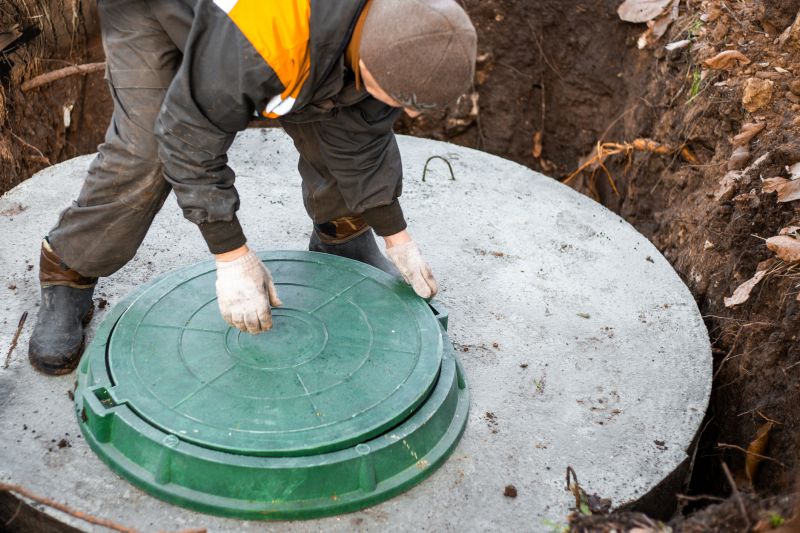
Technicians perform comprehensive checks to identify potential issues early.

Removing accumulated solids to maintain system health.
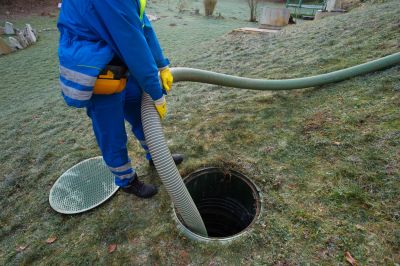
Routine care to prevent system failure and extend lifespan.
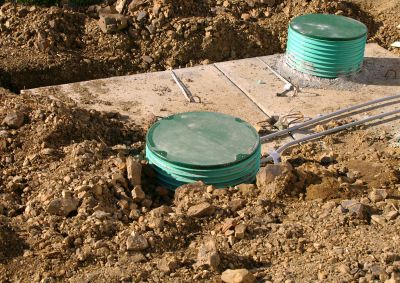
Ways to make Septic Service work in tight or awkward layouts.
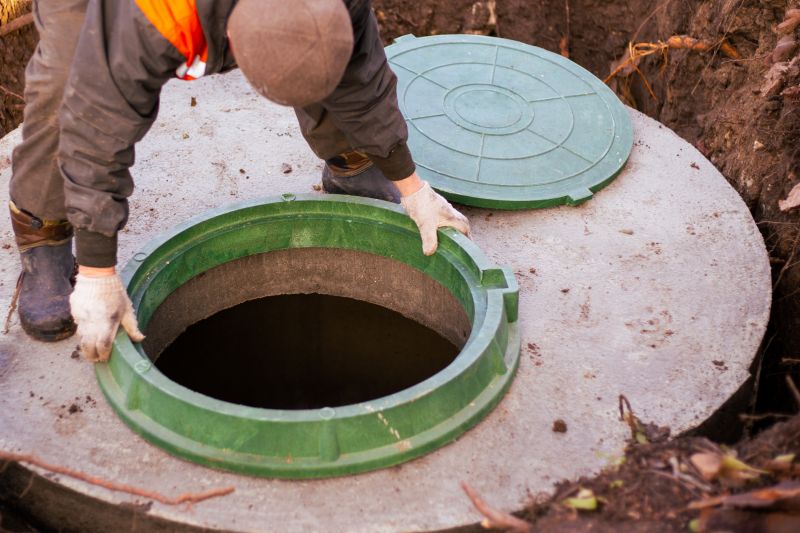
Popular materials for Septic Service and why they hold up over time.
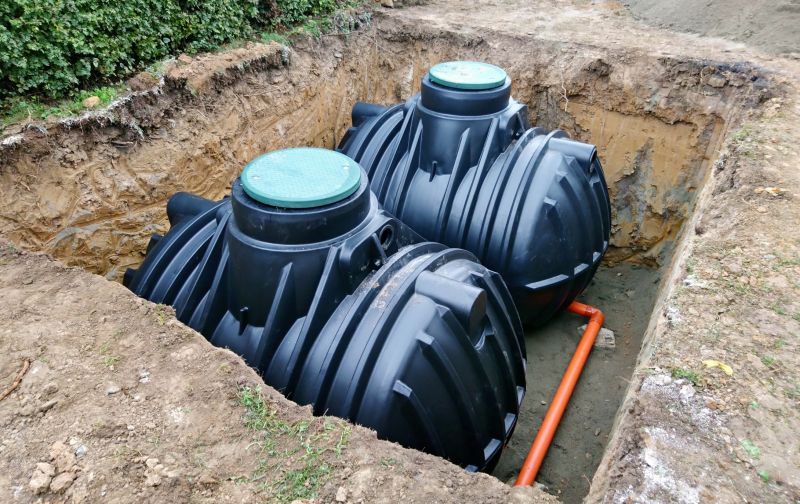
Simple add-ons that improve Septic Service without blowing the budget.
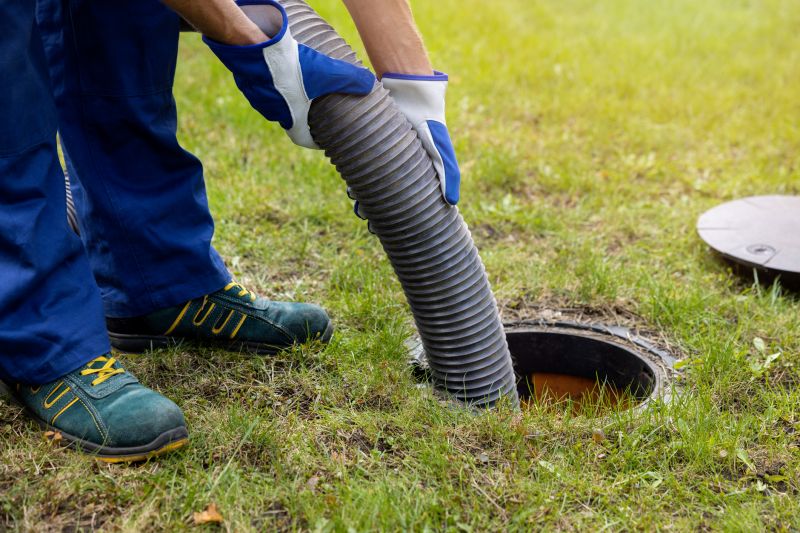
High-end options that actually feel worth it for Septic Service.
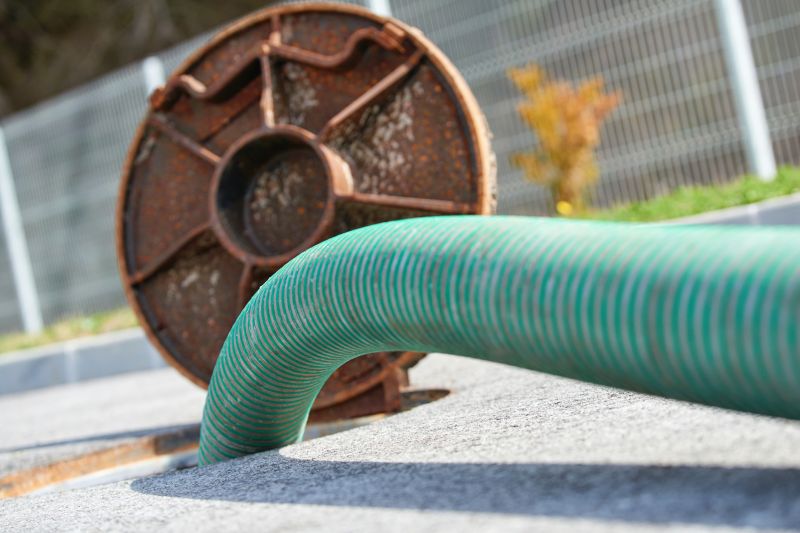
Finishes and colors that play nicely with Septic Service.
| Aspect | Recommendation |
|---|---|
| Inspection Frequency | Annually |
| Pump Interval | Every 3-5 years |
| Seasonal Service | Before winter or after heavy use |
| Signs of Trouble | Backups, odors, slow drains |
| Environmental Impact | Schedule around weather conditions |
Septic systems are vital for managing wastewater in areas without centralized sewage. Proper maintenance involves regular inspections, timely pumping, and monitoring for signs of system distress. Neglecting these practices can lead to system failure, environmental contamination, and costly repairs. According to industry data, a well-maintained septic system can last for decades, but failure rates increase significantly without proper care.
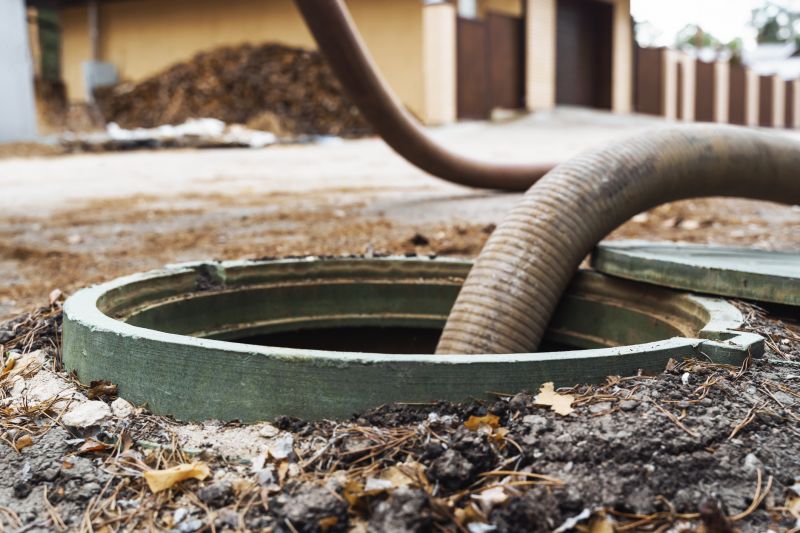
Understanding the different parts aids in proper maintenance.

Essential for removing buildup and preventing backups.
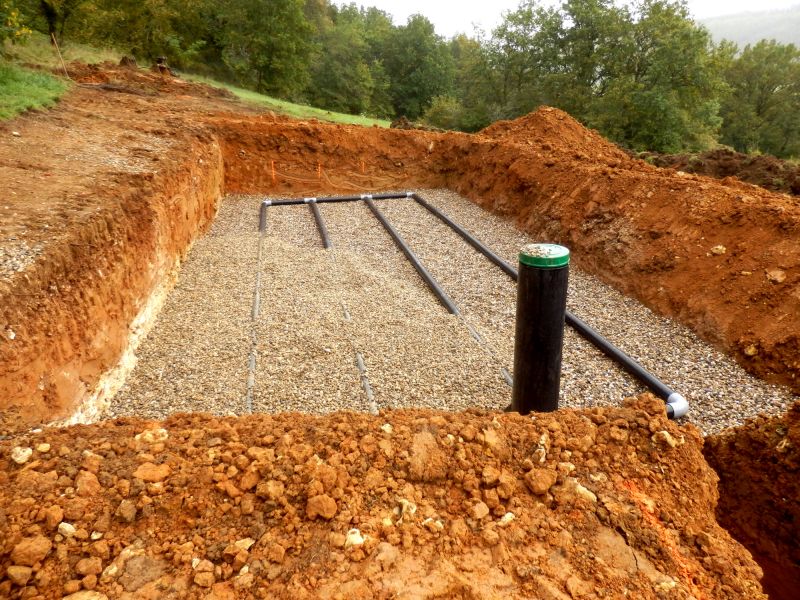
Ensures proper absorption and prevents contamination.
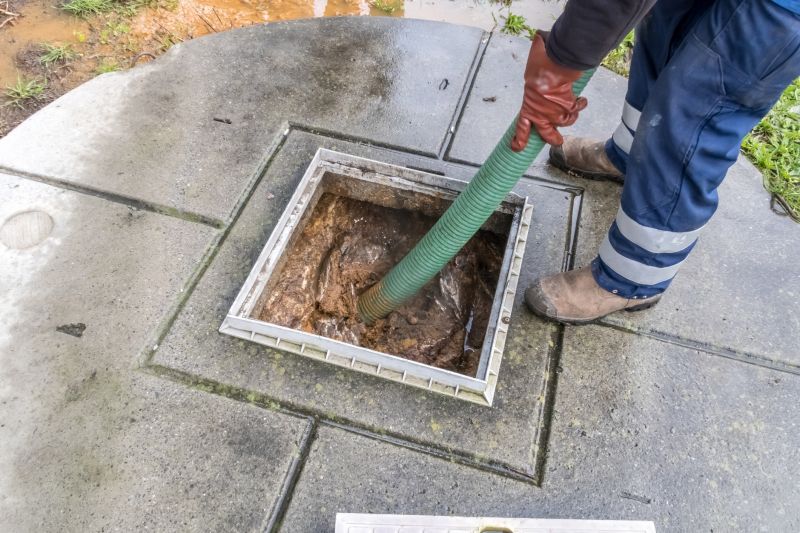
Little measurements that prevent headaches on Septic Service day.
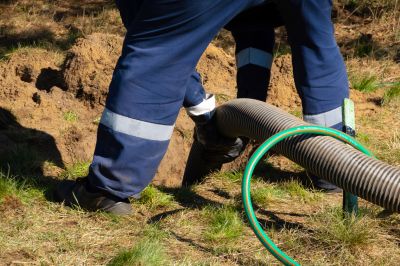
A 60-second routine that keeps Septic Service looking new.
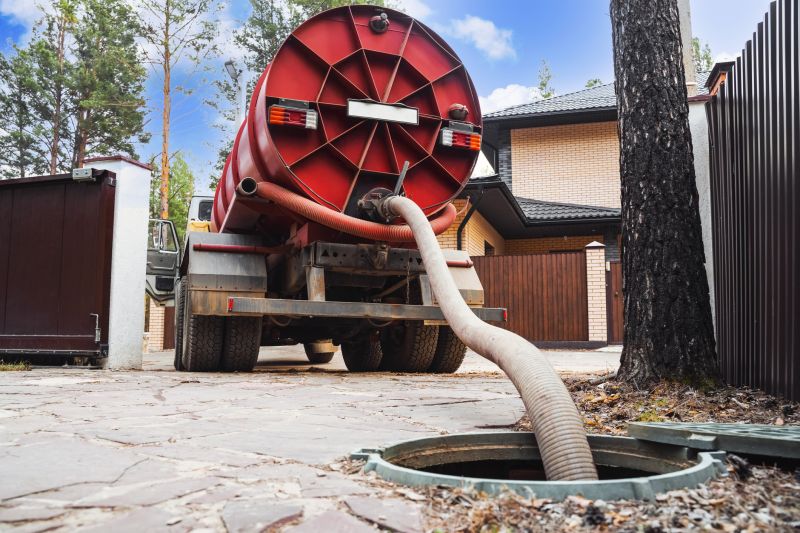
A frequent mistake in Septic Service and how to dodge it.

Regular upkeep extends system lifespan.
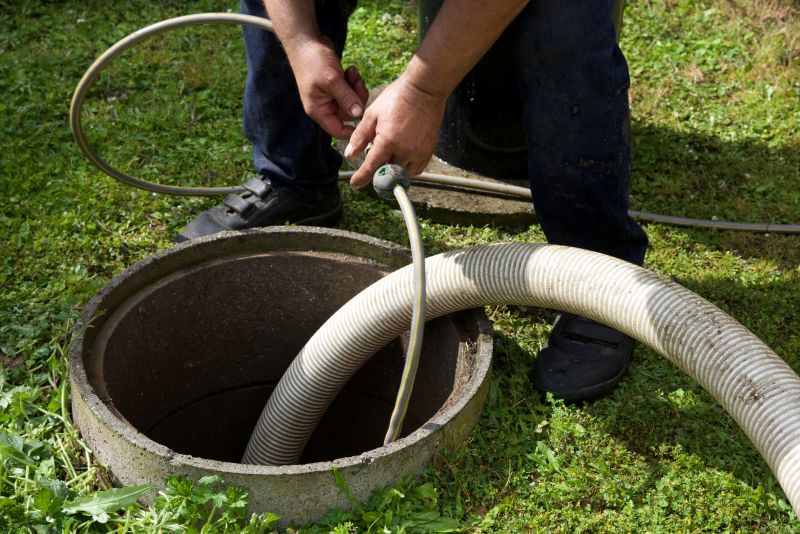
Specialized equipment for thorough assessments.
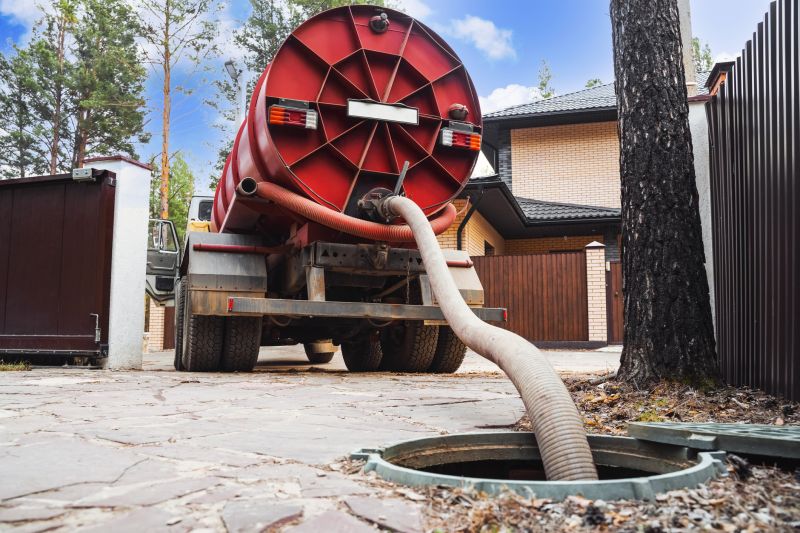
Removing solids efficiently during service.

Properly functioning drain fields prevent environmental issues.
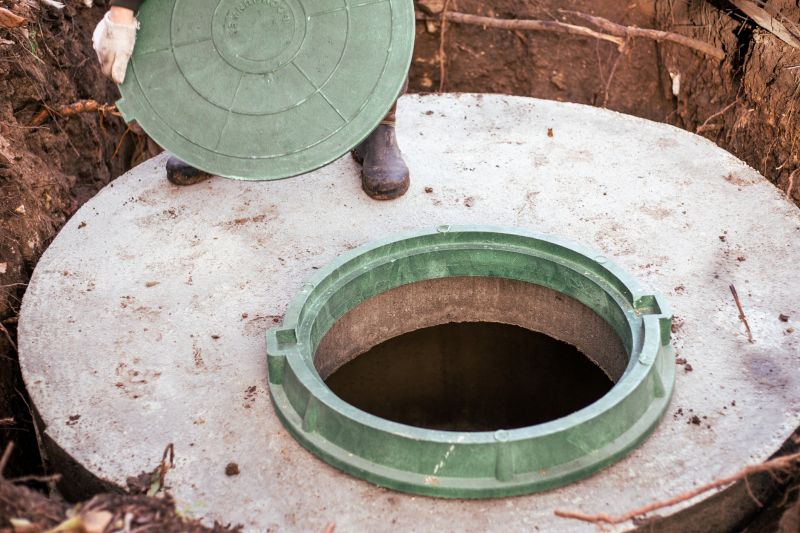
Lower-waste or water-saving choices for Septic Service.
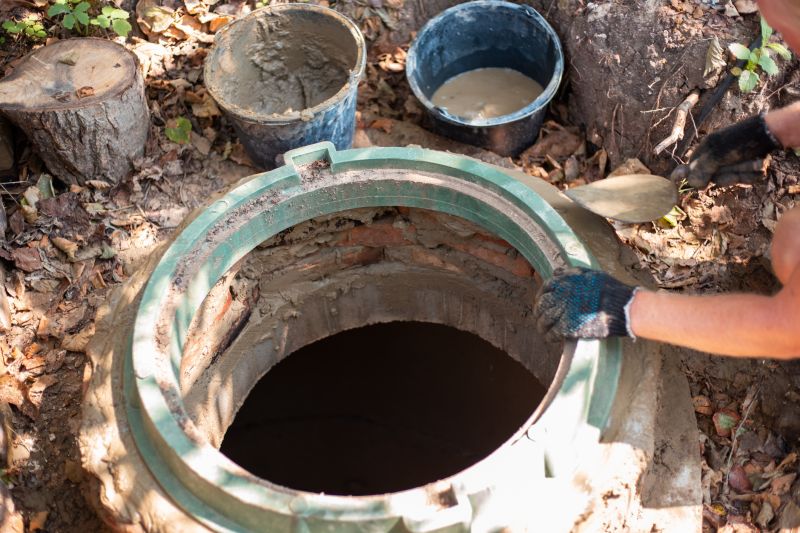
The short, realistic tool list for quality Septic Service.
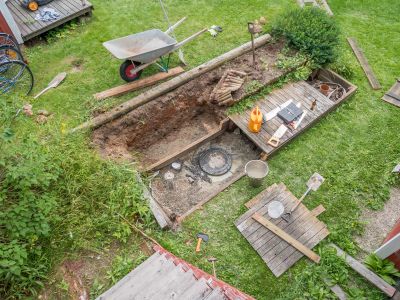
Rough timing from prep to clean-up for Septic Service.
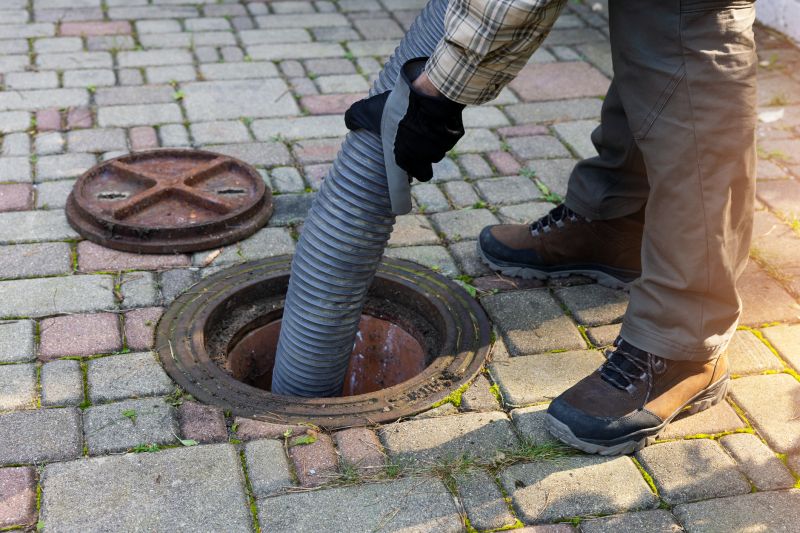
Quick checks and paperwork to keep after Septic Service.
Interested in scheduling septic service or learning more about maintenance options? Filling out the contact form provides an opportunity to discuss specific needs and receive guidance tailored to property requirements in Pacifica, CA.

